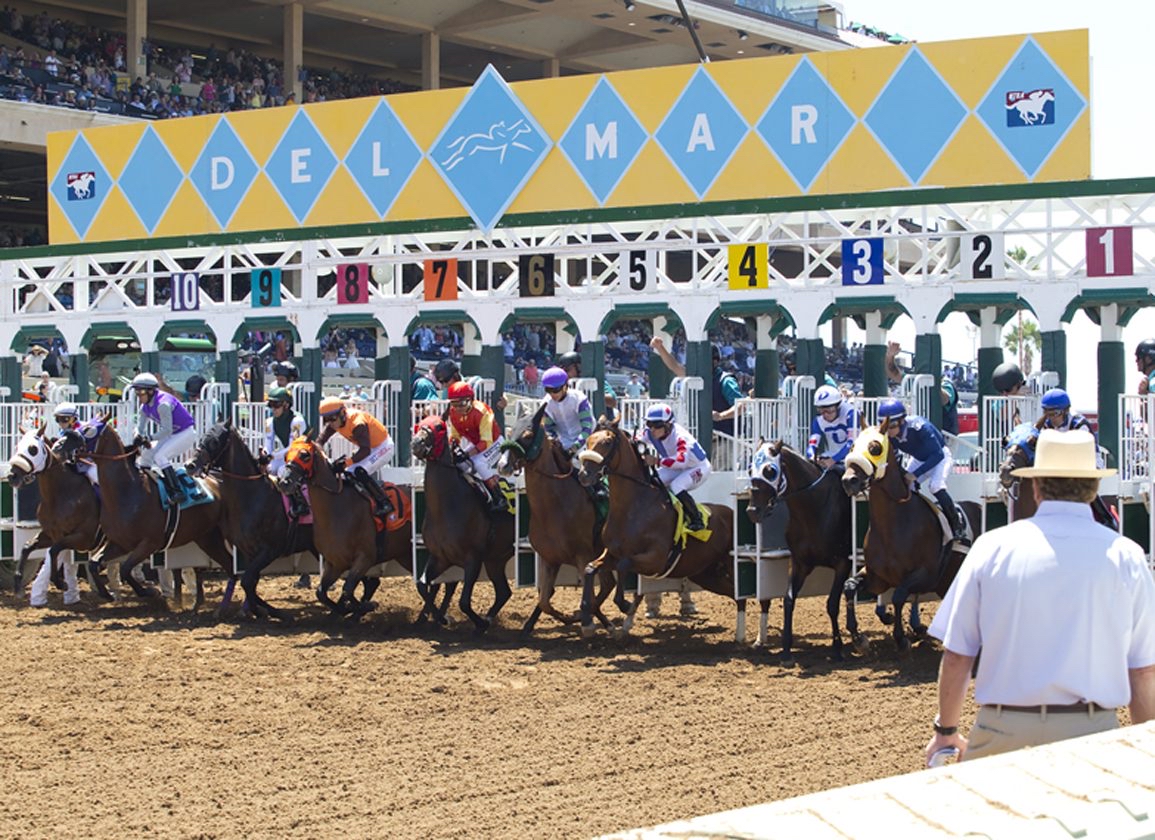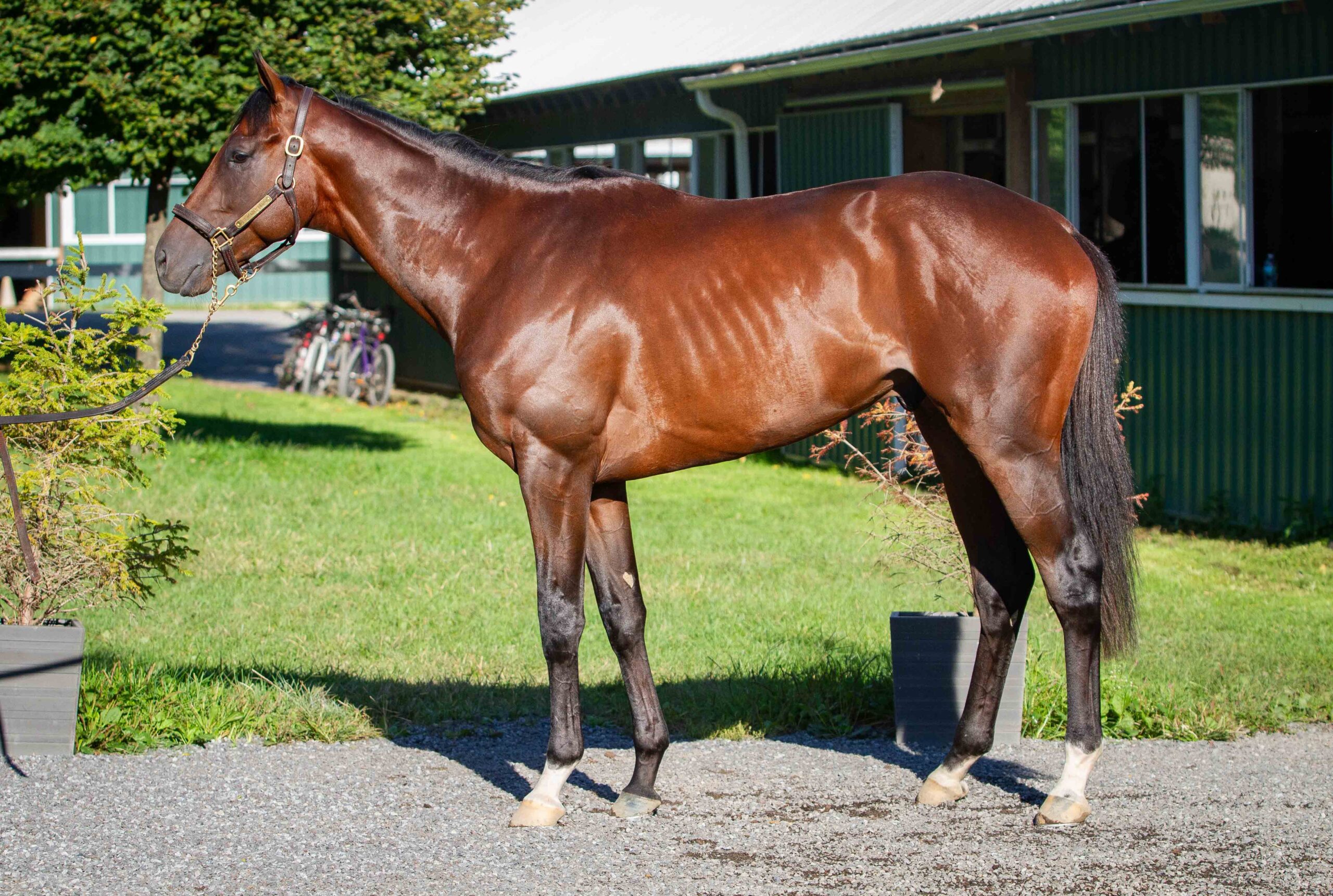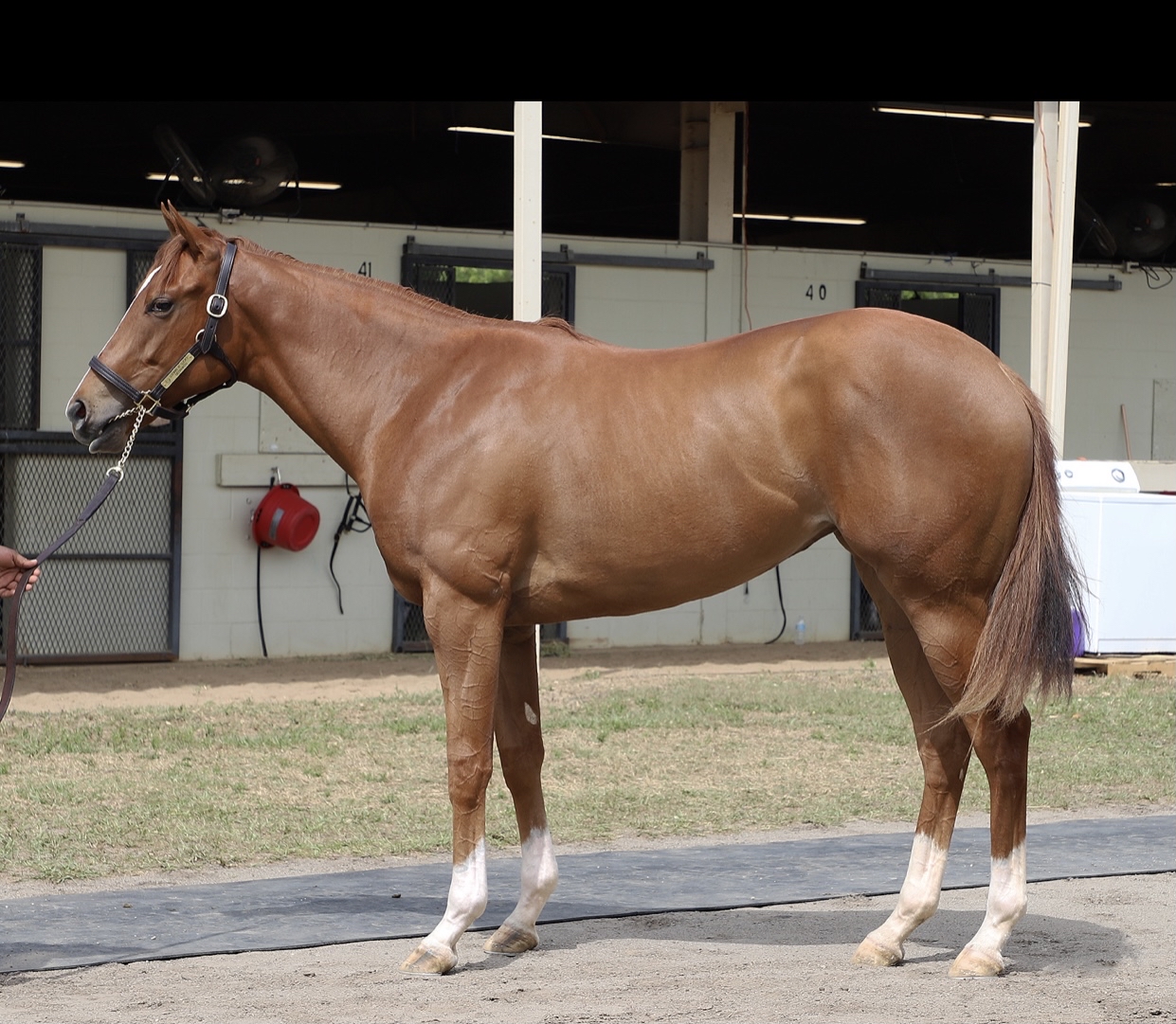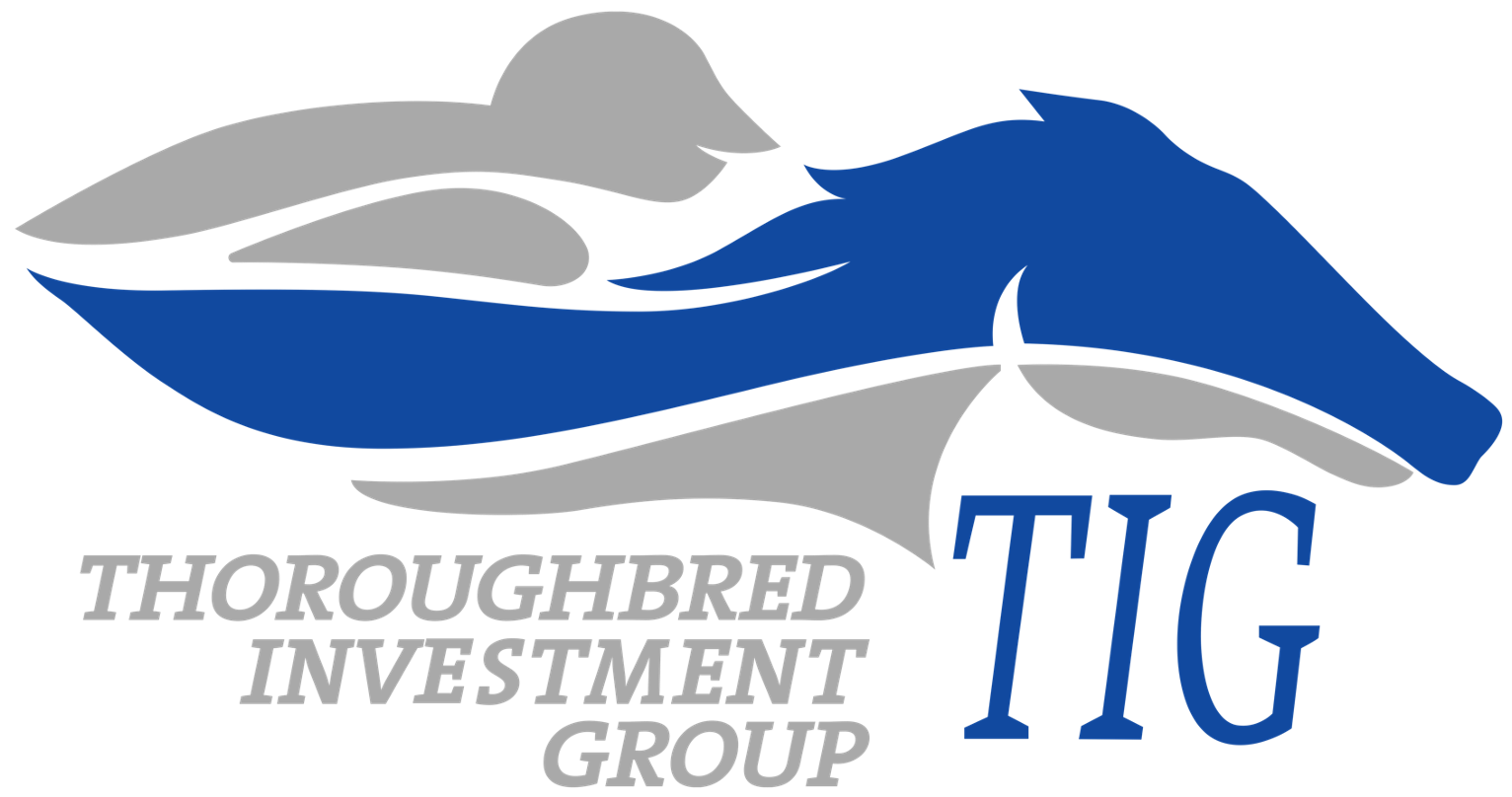Latest News
Our Latest Industry News

Santa Anita, Del Mar Continue Ship and Win Program
Santa Anita Race Track and the Del Mar Thoroughbred Club announced that they are continuing the popular Ship and Win Program that has been in place since the Pandemic. The formula stays the same — find a horse out of state, ship it to California, get a $5,000 bonus plus run for more purse money. The rules are simple — you cannot have run in California for the last calendar year, and first-time starters are not eligible.
“This program has been instrumental in keeping field sizes up in California,” said Tbredgroup client Traci Lyn. “We’d be running five horse fields all day long if it wasn’t for this program.”
The program became essential when California cancelled racing during the Pandemic. While other jurisdictions continued to race, Santa Anita cancelled racing. As a result, several trainers moved their tack to the East Coast. To get them back, Santa Anita and Del Mar implemented the Ship and Win Program.
Del Mar has said they would honor any and all Ship and Win horses from Santa Anita’s Champions Meet that starts December 26 and ends right before the Kentucky Derby.

2022 Banner Year for Thoroughbred Racing
There have been a lot of good years for the thoroughbred industry, but none better than 2022. Just two years removed from the devastating pandemic, thoroughbred buyers and owners came out in droves to support the sales.
In the history of thoroughbred racing, there has been one sale where the horses averaged $500,000 per horse — the 2006 Saratoga Sale. That is, of course, until this year. In 2022, from August to November, the industry saw Saratoga Day Two, Keeneland Book One, and the Fasig Tipton Night of the Stars all eclipse the $500,000 average per horse. While the thoroughbred sales were jumping through the roof, the S & P 500 stock market companies were down over 20% during the same period. “Clearly, investing in thoroughbred horses is a much stronger proposition than playing the stock market,” commented Tom Mansor, owner of Cabo Tom Thoroughbreds. “If you had to choose between the two, there is an obvious choice.”
At the Night of the Stars sale, there were 31 horses bring more than $1,000,000, including the superstar filly Gamine who brought $7,000,000. To top things off, 2.5% of Horse of the Year Flightline brough $4.6 million dollars at Keeneland, for an evaluation of $175,000,000. “Flightline will go down in history as the greatest, fastest horse of all-time,” said Steve McPherson, owner of Thoroughbred Investment Group. “For 2.5% of that horse to bring almost $5,000,000 is unbelievable, but also shows you the strength of the marketplace.”
Starting with Fasig Tipton’s July sale, and ending with Keeneland November, the thoroughbred sales, across the board, were up almost 29% from last year. In addition, the horse racing handle for 2022 was $12 billion dollars, the most since 2009. Up, Up and Away.

Yearling Sales Up Across the Board
The thoroughbred yearling sale season has come to an end and one thing stands out — yearling sales were up across the board. 2022 has been extraordinary in so many ways, but none more so than in the yearling market.
All yearling sales for the year are up almost 33% from last year. More impressively, the Keeneland September sale blitzed its records with three days left in the sale, breaking every mark ever set by the sale. Average, Medium, etc., were all way up.
Pinhooking numbers were up too, especially at Saratoga where the horses sold like hot cakes. They have never seen a two-day total like they saw this year at Saratoga, which showed not only the quality of the athletes sold, but the quality of the buyer pool as well. Day 2 averaged over $500,000 per horse, which was remarkable considering the state of the stock market and the fact that interest rates were way up.
In the end, you had to spend a lot more money this year to find a nice horse. Keeneland averaged $102,000 in 2021, then $126,000 in 2022. This year — 2023 — everyone expects more of the same.

Pinhookers Flourish in Yearling Market
Pinhooking, the art of buying and selling thoroughbred racehorses, has always been an interesting business. Those who buy and sell top-quality athletes know that the marketplace can be exceptional. This past year was no different.
As an example, two sessions of the Keeneland September sale highlighted how well pinhookers are doing. In one session, session three, there were 34 horses sold for a total of $8,395,000. Nine horses that same day failed to meet their reserve. At the end of the day, the 34 sold were purchased for $4,746,000, yielding a gross profit of $3,649,000 which produced a 76.9% return on investment.
The next day was even better. 23 pinhooks sold for a total of $5,850,000 with 11 failing to meet their reserve. Those 23 horses were purchased for $2,883,000, generating $2,967,000 in gross profit, or a return on investment of a whopping 102.9%. That is an average of $254,347 per horse.
Those who buy and sell thoroughbred racehorses as an investment know that, at times, it is risky business. But, if handled right, the upside is so dramatic that home runs are hit on a regular basis.

McPherson Seeks New Challenges
You walk around Steve McPherson’s office and you are impressed. There are pictures of famous people all over the place, a reflection of McPherson’s days doing radio for ESPN. One photo has him hanging out with Olympic skier Lindsey Vonn, another with football coach Chip Kelly, another with legendary basketball coach Rick Pitino. But the picture that means the most to McPherson is one with horse racing jockey Mike Smith, taken at Saratoga right after Smith won the Alabama Stakes.
“I love that photo,” says McPherson.
Long ago, before McPherson got into horse racing, he had two loves — playing professional golf and coaching baseball. While golf got put on hold because McPherson’s girlfriend got sick, his coaching career in baseball flourished. McPherson was playing professional golf when he had to suddenly quit to care for his girlfriend. At the same time, he needed a job, so he took the head coaching job at Jefferson High School in Portland, Oregon. There, he met Vic Carlson, the athletic director at Jeff and an avid horse owner.
In 1987, when McPherson and Carlson were working at Jefferson together, the stock market crashed on what has come to be known as “Black Monday”. That fateful day, McPherson went to bed with $88,000 in his portfolio. When he woke up, he had $18,000 left in the bank.
“I vowed that day to never play the stock market again, or let other people handle my money,” said the former coach.
Not too long after, Carlson talked McPherson into buying a racehorse with him. A $2,500 claimer named Colt Called Sue. And while Colt Called Sue had trouble winning races, McPherson was hooked.
For several years, the ups and downs of life seemed to get in the way at every turn. He dealt with family tragedy, and also dealt with a legal issue in what many called a farce. Regardless, two years of his life was taken from him while he battled in the courts to have his good name restored. He even dealt with a reporter who wrote stories about him that were not true. That reporter, Chuck Stark, had covered McPherson’s baseball career when he was the coach at Olympic College. Eventually, he won his cases on appeal courtesy of Appellate attorney Susan Heir. But in many ways the damage was done.
“It was a trying time,” said McPherson. “I cannot put into words what that time did to me both personally and emotionally. What I did learn though is that people simple do not care about the truth. So, you fight when nobody else will fight for you.”
“What they did to Steve was a travesty,” said John Smith, a childhood friend of McPherson’s. “His situation is a prime example of people who have more power using that power to hurt someone. It should never have happened, but it did because people who have power can sometimes be arrogant and stupid. Steve wouldn’t stop fighting for what was right. Isn’t that what we all hope for? Someone who will stand up when nobody else will.”
But, while life had its ups and downs, the two constants in McPherson’s life were coaching baseball and horse racing. McPherson ended up winning a conference championship as a college coach, and later coached the US Junior National team that went to Australia, Japan, and Taiwan. To many, he is a legend in coaching, compiling an International record second to none in Junior Baseball. In addition, he has had three No. 1 ranked teams, won 11 conference titles, and won two world titles as a junior coach. But, while he loved coaching young people, McPherson’s passion was horse racing.
Early on in his horse racing career, McPherson realized that while racing horses was exciting, the real money was in the commercial end of things — buying and selling horses to those people who do race. Over the years, he has bought from the most iconic farms in the history of horse racing — Claiborne, Calumet, Lanes End, Taylor Made Farm, Coolmore, and others. There have been many people who has touched McPherson in many ways, but none more so than Gerry Dilger of Dromoland Farm. Dilger, who passed away unexpectedly a couple years ago, taught McPherson some of the tricks of the trade in pinhooking weanlings to yearlings, but mostly he taught McPherson not to be afraid.
“Gerry was arguably the greatest weanling to yearling pinhooker of all-time, a genius in so many ways,” said McPherson. “I had two conversations with him that were instrumental in what I am doing now, and the biggest thing he taught me is you have to believe and not be afraid.” That lack of fear has accounted for $20,000,000 worth of sales over his career.
In the beginning, 35 years ago, McPherson was afraid to spend $20,000 on a horse. Today, it is not uncommon for him to spend between $150K and $300,000 on a horse. Regardless, he sees profit in every purchase.
“The business of investing in horses is booming, and has been for a long time,” McPherson said. “I don’t want to say we are recession proof, but we are pretty damn close. The stock market crash of 1987, 9/11, the Mortgage Crisis, the Pandemic, they were all the same. People who have a lot of money in racing always do, regardless of the status of the stock market. But, most importantly, they are passionate about horse racing, so they spend money no matter what.”
McPherson’s horse racing career has spanned three decades, so during that time he has learned a few things. One major change in his buying patterns include stride length analysis. For the last seven years, McPherson has made stride length one of his top-two priorities when buying a racehorse. As such, it is no accident that he has sold more $1,000,000 horses in the last six years than he has in his entire racing career.
“That is how I bought Lazy Daisy and Liam’s Pride, solely off of their stride lengths,” said McPherson. “I don’t think it is any accident that one of them was a stakes winner at Belmont and the other a Breeders Cup horse..”
2023 holds a lot of promise for the former coach. He is working on a $5,000,000 deal to pinhook yearlings and buy two year olds to race then sell. In addition, his group has already spent $4,000,000 on babies that they are getting ready for the Spring and Summersales. In addition, his group has donated just over $1,000,000 to three different charities.
One side show to McPherson doing well is his golf career is back in full swing. Currently, he is ranked No. 11 in the country and No. 17 in the world in Senior Golf, according to Amateurgolf.com. McPherson laughs when the subject is brought up.
“Being ranked in old man golf is like being the world’s tallest midget,” laughs McPherson.
Ranking or no ranking, McPherson is on track to have one of the best years he has ever had. He has more nice horses and more money invested than ever before, so now he is just hoping the market remains strong.
“The strength of the market has to slow down eventually, I just don’t see it happening anytime soon,” says McPherson with optimism. “I expect it to be a great year.”


info@tbredgroup.com